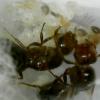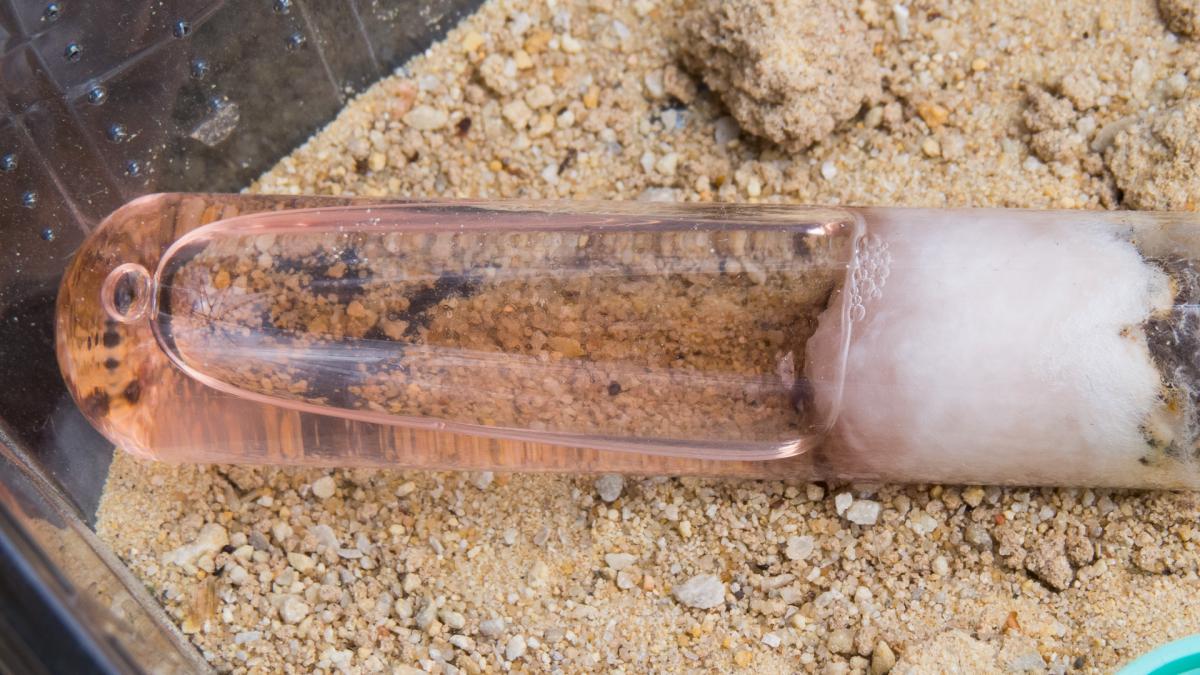I'm aware that on the ant side of a test tube setup, the cotton gets dark and moldy, and that alone is not cause for alarm.
However, I recently took a half-dozen test tubes out of hibernation, and the water in two of them is "off."
In one, the water has a yellow tint. It's stained the cotton yellow, too. In the other, the water has a light rust-colored tint. The cotton hasn't turned the rust color.
Should I try to get these two colonies to move out into fresh tubes? Both are camponotus queens, one with one worker, and one with three workers.
Whenever I've tried to move camponotus in the past, the queens have spontaneously died, so I'm pretty reluctant.
Just looking for any advice on how to handle the situation. Thanks!
Edited by prettycode, February 16 2016 - 4:34 PM.



















